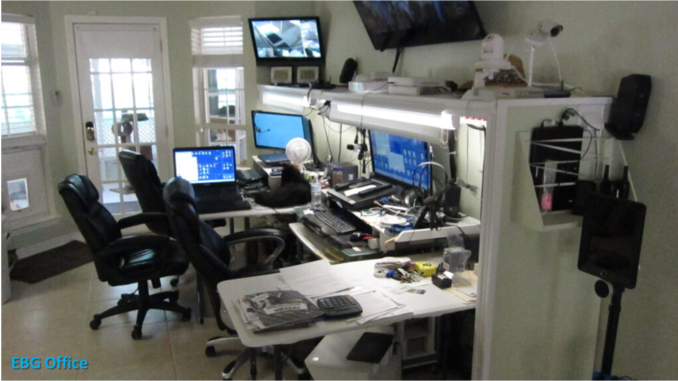

The biggest problem with tech is a woeful lack of integration. Our Voice Alert talks up a storm, especially in the middle of the night. But it can’t talk to ADT, our robot “Dobie”, or our other systems.
After an upgrade, Dobie often mutters incoherently. I have no idea what he’s saying or who he’s talking to. The X10 Commander can’t connect after a restart in order to shutdown a solar water pump when there’s a break in the water line.
The solution? More tech! We just ordered an Insteon Hub and Appliance Module. Can it talk to our other systems? Probably not, but it’s on sale and there’s a good chance it won’t hang up on me when I call “it” to find out why that darn pump is running without water.
So, What’s it Really All About?
How much “tech” is practical in a tech-assisted garden setting? Good question. Hand-held meters for testing nutrient solutions sure save time. Automatic lighting is very convenient. Talking alarms come in handy when visitors are knocking on the front door but I’m out back working with those low-tech implements called hammers and shovels. The Generac and UPSs keep it all running when the power goes out. Cameras, sensors, and TeamViewer let us control everything from anywhere in the world. The solar PV system earns carbon credits and saves an average of one tree per day (sigh). The solar water heater lets us take as many hot showers as we want (or need). Do these gadgets live up to our expectations or their advertising? Not hardly. Are they cost effective? Not yet. Will “Dobie” the robot ever get a job? Probably not.
So why do “it”? Because the biggest benefit of tech is the education that comes with actually installing and using these systems—and who doesn’t love a hot shower (or three) at the end of a long tech-assisted day!
Read more on the 2016 Chronicles page.
(This article was originally published 100216 in Issue 2 of the EBG Newsletter.)

